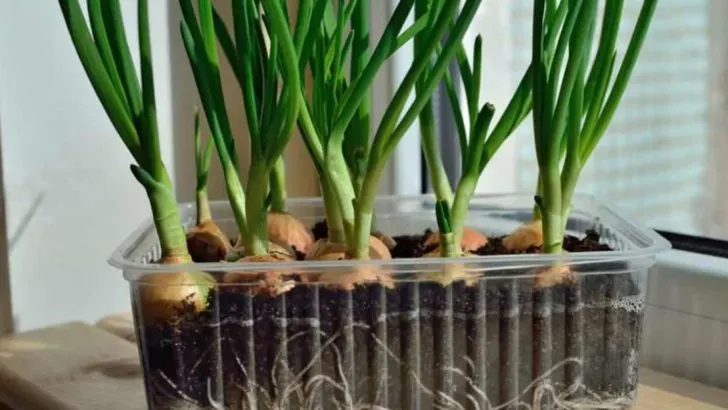Growing onions from seed can be a rewarding experience, but it requires patience and the right techniques. Whether you’re a first-time gardener or looking to improve your onion-growing skills, these 10 beginner-friendly tips will help you achieve a bountiful harvest!
Choosing the Right Seeds
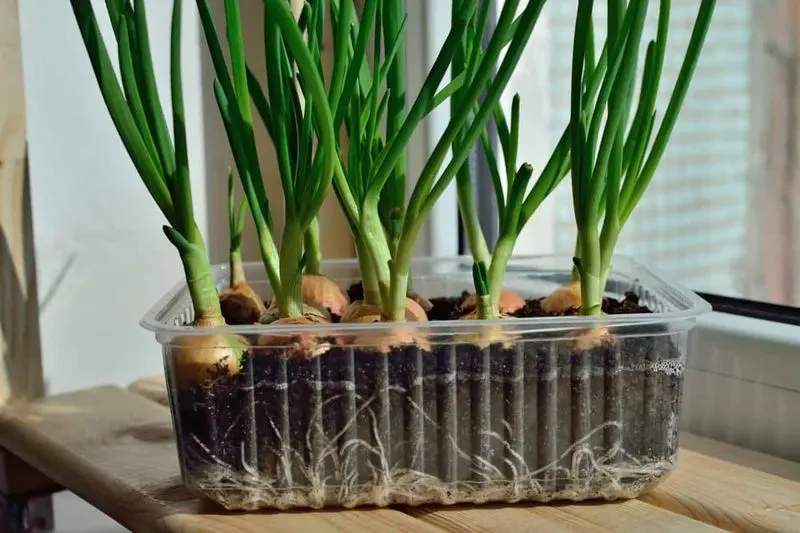
Selecting seeds wisely is the first step. Consider your climate before choosing. Short-day onions thrive in southern regions with mild winters, while long-day types suit northern areas with longer summers. For intermediate zones, choose day-neutral varieties. Try heirloom seeds for unique flavors and colors, or go for hybrids if disease resistance is your priority. Having a clear goal, like storage or culinary use, aids in selection. By aligning your choice with local conditions and personal preferences, you set the stage for a productive season. Research and planning can save time and enhance success.
Optimal Planting Time
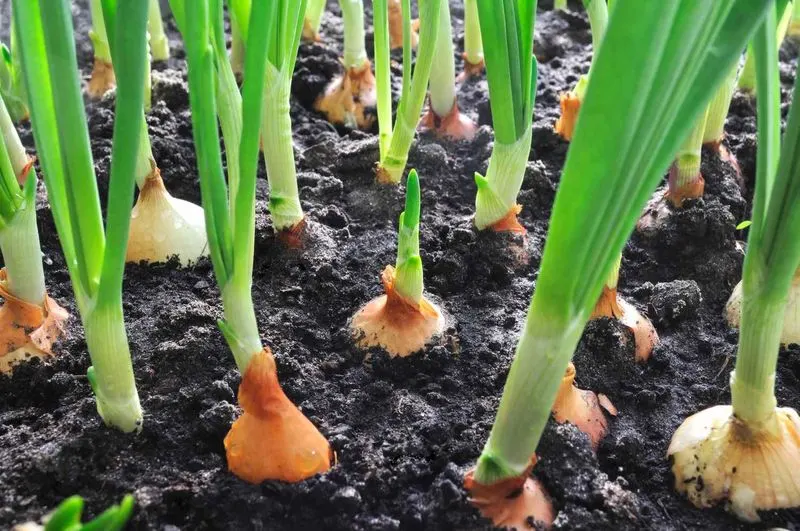
Timing is crucial for onion success. Plant seeds indoors 8-10 weeks before the last frost in spring. This early start gives seedlings the jump they need. If your region allows, sow directly outdoors as soon as the soil is workable. Early planting ensures onions mature before the summer heat. Use local frost dates to plan. In warmer climates, onions can be a winter crop. Adjusting your schedule based on local conditions prevents bolting and ensures robust growth. Calculating the right time to plant pays off with plump, flavorful onions.
Preparing the Soil
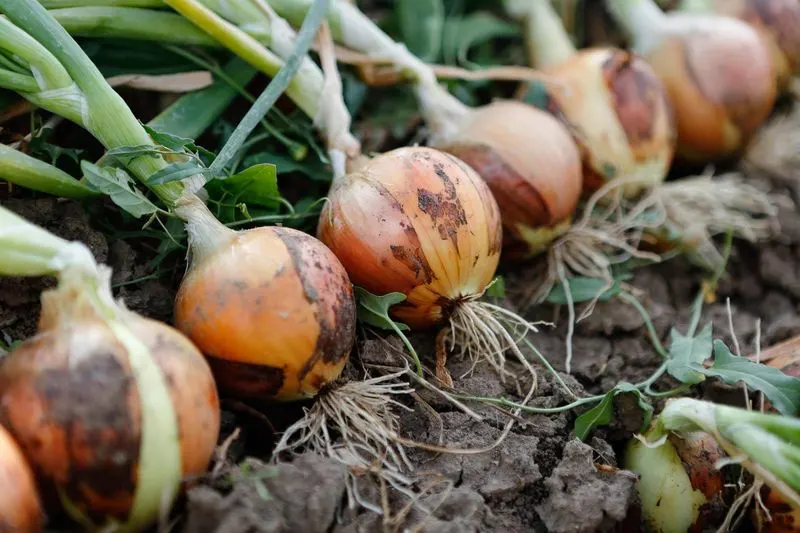
Healthy soil promotes robust onions. Start by choosing a sunny spot with well-drained soil. Enrich it with organic matter like compost or well-rotted manure. Onions prefer a pH between 6.0 and 7.0, so test your soil and amend as necessary. Good drainage prevents rot and disease, ensuring your onions have room to expand. Regularly loosen the soil to maintain air circulation. Amendments like sand can improve heavy clay soils. By creating a nutrient-rich environment, you lay the foundation for your onions to thrive and produce healthy, flavorful bulbs.
Sowing Seeds Properly
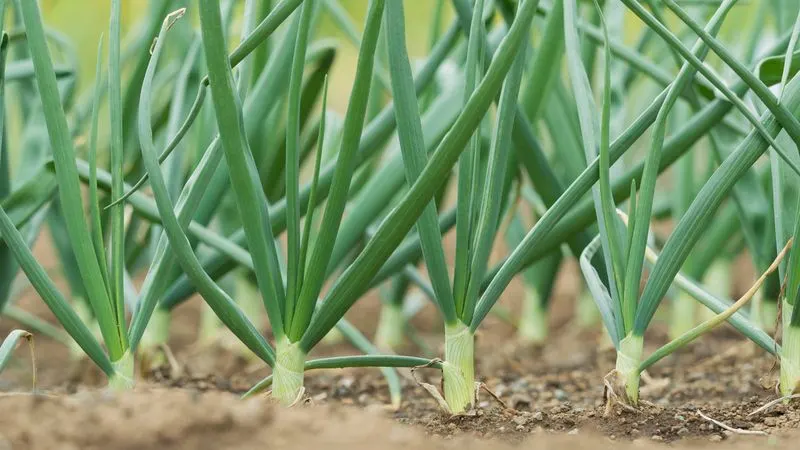
Proper sowing is key. Plant seeds about 1/4-inch deep and 1/2-inch apart. Cover lightly with soil and water gently. Use a fine mist to avoid disturbing seeds. For indoor starts, use trays with seed-starting mix. Transplant seedlings when they reach about 3 inches tall. Thin seedlings to 3 inches apart to allow ample room for bulb growth. Consistent moisture is vital. Avoid overwatering, which leads to rot. Label rows with the variety and date for easy tracking. By sowing meticulously, you promote healthy growth and development from the start.
Watering Techniques
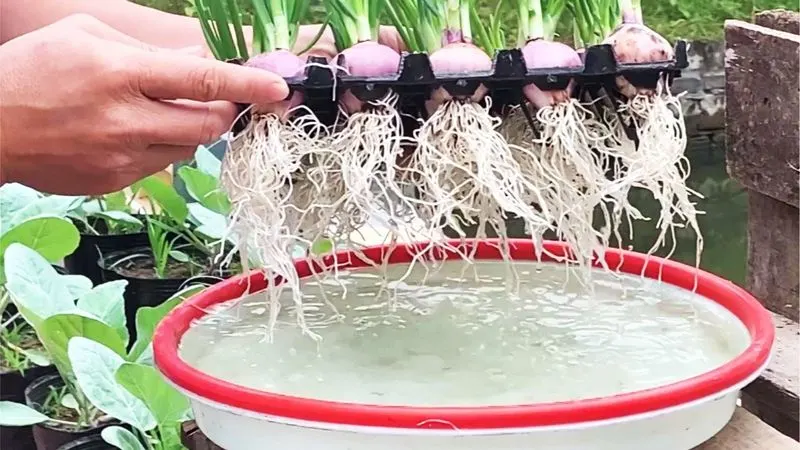
Water is vital but must be managed wisely. Onions need about 1 inch of water per week. Use drip irrigation or a soaker hose to deliver moisture directly to the roots. Avoid overhead watering, which can promote disease. During dry spells, increase watering frequency. Mulch helps retain soil moisture and suppress weeds. Watch for yellowing leaves, indicating overwatering. Adjust based on weather conditions. Consistency is crucial, especially during bulb formation. By mastering watering techniques, you ensure onions develop sweet and juicy without splitting or becoming tough.
Sunlight Requirements
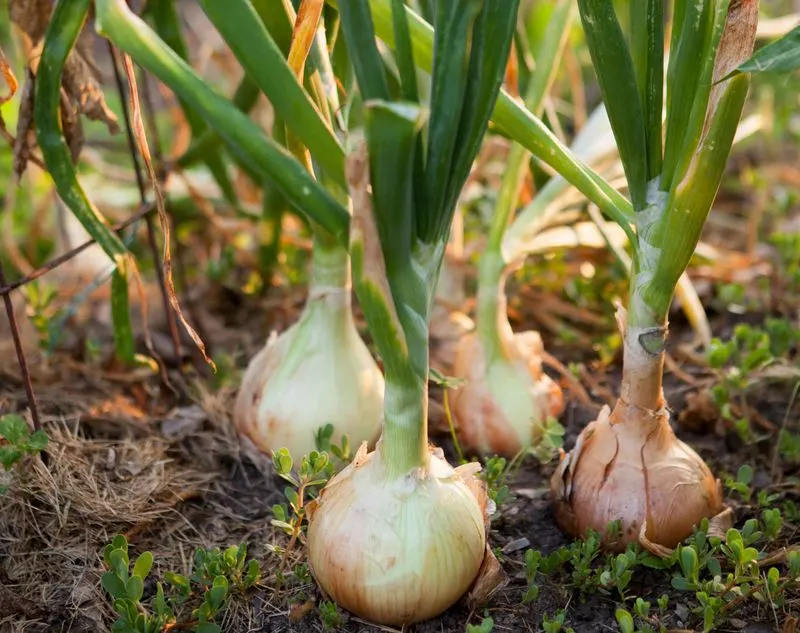
Onions bask in the sun. Ensure they receive at least 6-8 hours of full sunlight daily. Lack of light results in small, weak bulbs. Position your garden to maximize exposure, avoiding shade from trees or buildings. If growing indoors, place seedlings near a south-facing window or use grow lights. Adjust the height of lights as plants grow to maintain optimal light levels. Sunlight encourages photosynthesis and nutrient absorption, leading to strong, healthy plants. Consistent sun exposure is a simple yet powerful element of successful onion cultivation.
Fertilizing Onion Plants
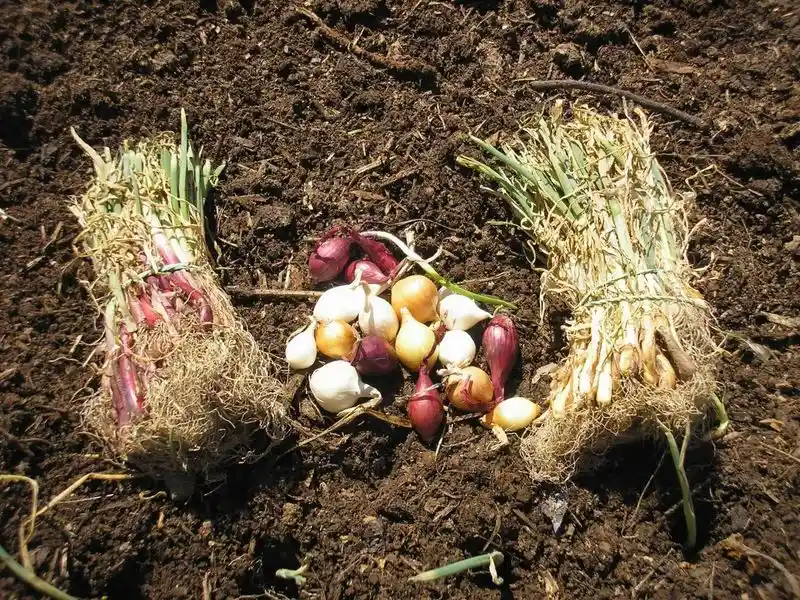
Feed onions to fuel growth. Start with a balanced fertilizer at planting. High nitrogen fertilizers promote leaf growth, crucial for bulb development. Once bulbs begin forming, switch to a phosphorus-rich formula. Apply fertilizer every 4-6 weeks or as per package instructions. Avoid over-fertilizing, which can lead to excessive top growth and small bulbs. Organic options like fish emulsion or compost tea offer a sustainable choice. Regular feeding boosts yield and enhances flavor. Fertilization ensures that your onions are not just healthy but also packed with taste and nutrients.
Thinning and Weeding
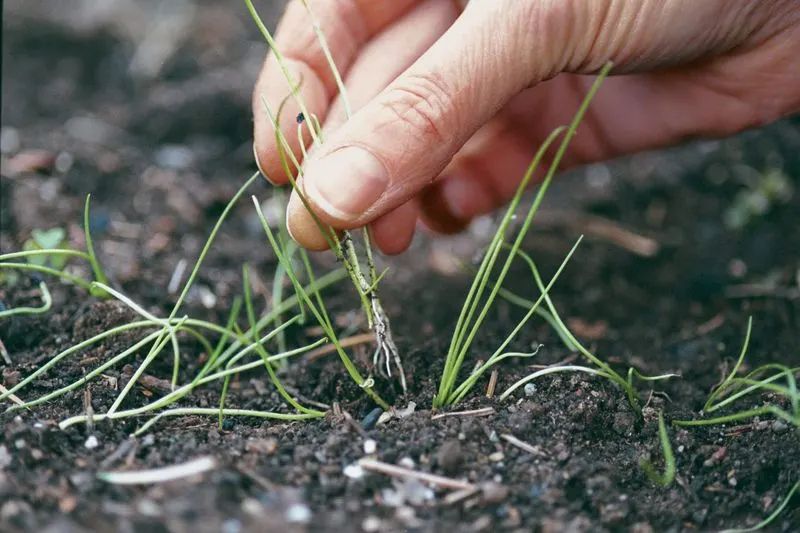
Crowded onions can’t thrive. Thin seedlings to ensure space, ideally 3-4 inches apart. Adequate room allows bulbs to expand. Regular weeding prevents competition for nutrients and light. Use hand tools or hoe gently to avoid damaging bulbs. Mulching suppresses weeds and conserves moisture. Be vigilant during early growth stages. Weeds compete fiercely for resources. Frequent checks and maintenance keep your onion patch tidy and productive. A well-spaced, weed-free garden maximizes light penetration and airflow, creating conditions for robust onion growth and harvest.
Pest and Disease Management
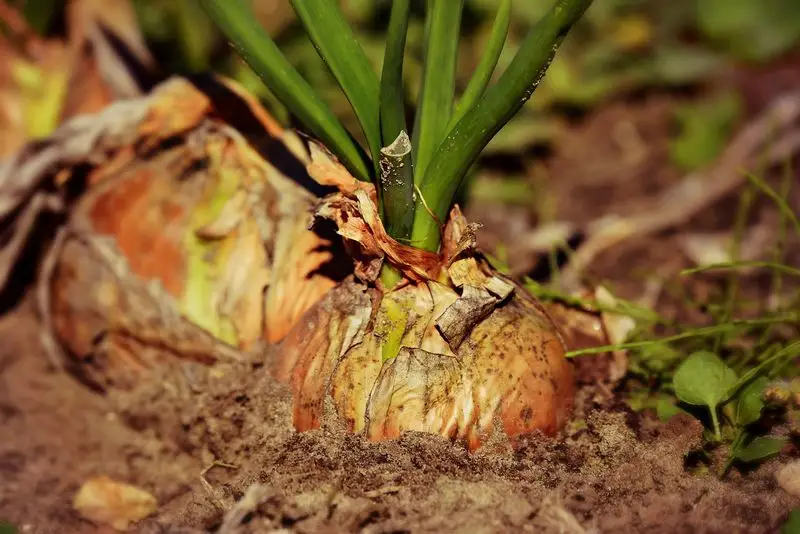
Vigilance prevents problems. Monitor onions for pests like onion maggots and thrips. Regular inspection allows early detection and management. Use row covers to protect young plants. Apply organic pesticides if necessary. Diseases like downy mildew and rot affect onions. Ensure proper spacing and air circulation to minimize risk. Rotate crops annually to avoid disease buildup. Remove diseased plants promptly. Maintaining garden hygiene is crucial. Proper pest and disease management keeps your onions healthy and ensures a fruitful harvest. A proactive approach is key to a thriving garden.
Harvesting and Storage
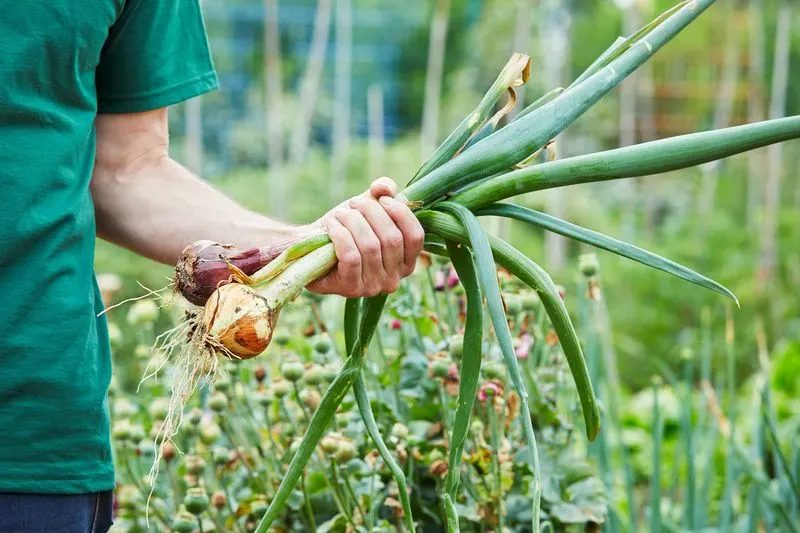
Harvest at the right time for the best flavor and storage potential. When tops fall over and brown, it’s time to harvest. Use a garden fork to lift bulbs gently. Cure onions in a warm, dry place for two weeks. This process enhances flavor and prepares them for storage. Remove excess dirt but retain the skins for longer shelf life. Store in a cool, dark area with good ventilation, avoiding plastic bags. Proper harvesting and storage ensure your efforts result in delicious onions available long after the growing season. A well-executed harvest is rewarding and essential.

